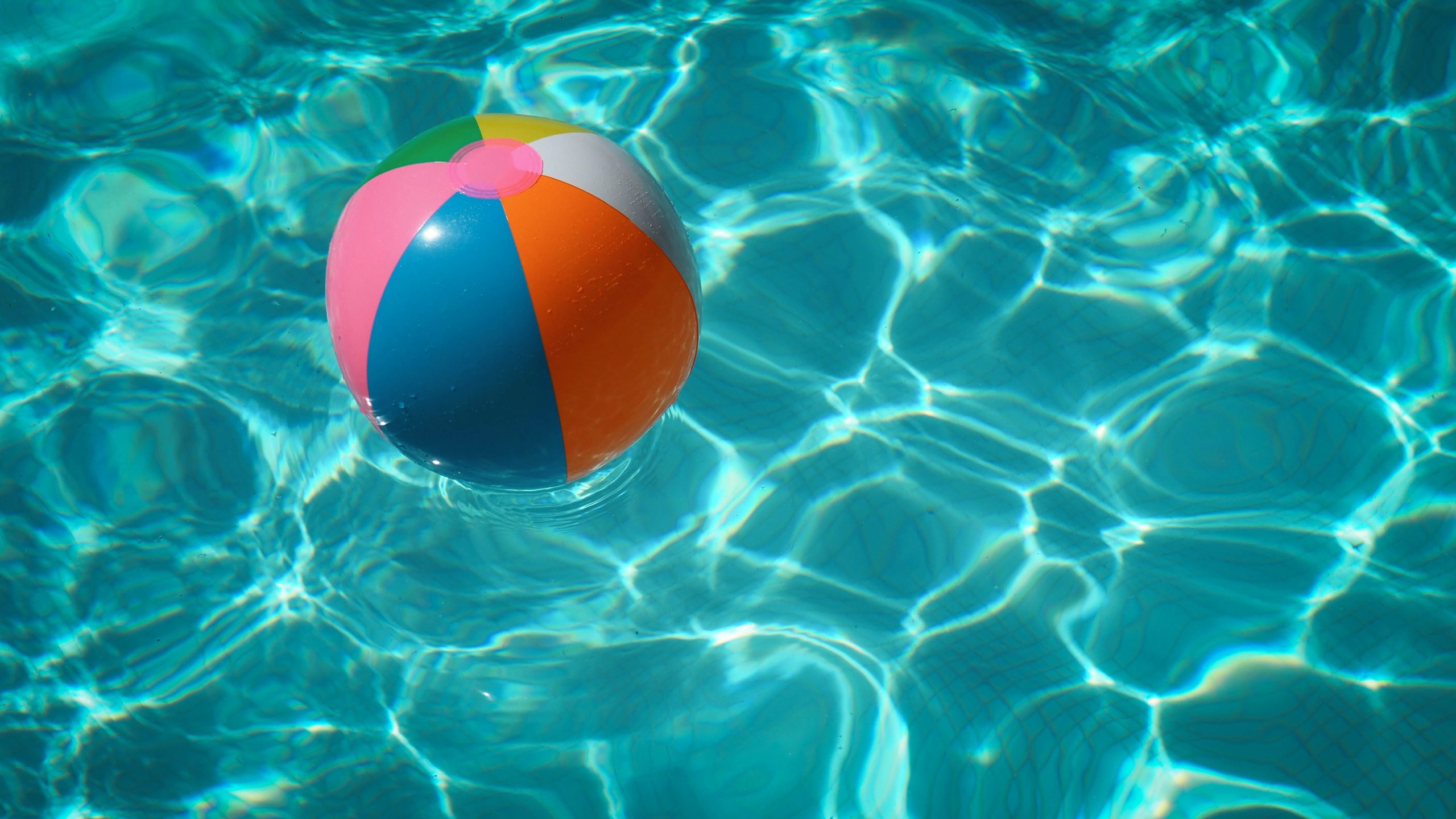Summer’s eagerly awaited return is almost here. Warm weather and longer days present the perfect opportunity to enjoy favorite pastimes. However, there are a few activities that present a higher risk of injury. Our safety experts dive into how you and your loved ones can stay safe while having fun this summer, offering tips on:
- Playground safety
- Water Safety
- Heat Safety
How to Stay Safe on the Playground This Summer:
With kids spending time away from the classroom, many parents and caretakers will spend the summer finding fun and engaging ways to play. Playgrounds offer a great, free outlet for kids of all ages, and are increasingly popular in communities. However, most playgrounds have large disparities in regard to safety measures.
According to data from the National Safety Council, over 200,000 children visit emergency rooms each year due to playground-related injuries. However, by taking the proper measures playgrounds can be safe options for summer play. Children should always be supervised on a playground. Playground equipment is designed for different age groups and should be used accordingly. A general rule of thumb is that equipment under four feet tall is suitable for children under 5 and equipment under eight feet tall is suitable for children ages 5 to 12. As a parent or caretaker, always make sure that children are using age-appropriate equipment.
In addition to keeping an eye on children, take time to evaluate the playground. Any rusted, rotted, or chipping equipment should be avoided. Proper ground covering, such as wood chips, pea gravel, shredded tires, double shredded bark mulch, fine gravel, or sand should completely cover the playground floor. This will aid with shock absorption in the event of a fall. If you feel that the environment is unsafe, err on the side of caution and avoid the piece of equipment or playground altogether.
Even when using safe equipment appropriately, accidents can still happen. To ensure that you’re prepared to react to a playground emergency, take a first-aid class. These classes will cover important topics such as basic first aid, concussion protocols, and guidance on when it’s time to go to the emergency room. Make sure that you’re ready to act on this knowledge by keeping a to-go first aid kit in your car, backpack, or purse when you’re at a playground. These kits contain essential supplies that can be very handy in the event of a playground mishap.
How to Stay Safe Around Water This Summer:
Swimming, boating, and other water activities are beloved ways to beat the heat. However, they can be extremely dangerous, even for those who are competent swimmers. According to the CDC, 3,960 fatal unintentional drownings– including boating-related drowning– occur each year in the United States. That’s an average of 11 drowning deaths per day.
Children ages 1-4 have the highest drowning rates, with most drownings happening in swimming pools. If young children are spending time around a swimming pool, additional measures must be taken to reduce the risk of drowning. Never allow children to be around a pool unsupervised. If your home or a home you frequently visit has a private pool, make sure that all internal doors and windows leading out to a pool are securely locked to prevent curious toddlers from wandering out onto the pool deck. When children are out on the pool deck supervised, make sure that they have appropriate personal flotation devices on at all times, such as life vests or floaties. Enrolling children in swimming classes is an important way to teach them valuable, potentially life-saving skills.
While younger children are especially at risk of drowning, any age group can fall victim. Many adults and older children report that they are not strong swimmers. Swim classes can be taken at any age and can be extremely beneficial in building confidence around water and strengthening swimming skills.
Even the strongest swimmers can find themselves in a dangerous situation on the water, especially in the summer. For many, spending summer holidays on the water with a cooler of their favorite beer is a cherished tradition. However, alcohol and water don’t mix. According to the CDC, alcohol use is involved in nearly 70% of adult and adolescent deaths associated with water recreation. Alcohol impairs balance, coordination, and judgment, ultimately increasing risk-taking behavior. One of the riskiest behaviors you can partake in on a boat is failing to wear a life vest. These personal flotation devices save lives: the U.S. Coast Guard reported 613 boating-related deaths in 2019– 79% of these deaths were drowning-related, and of those who died from drowning 86% were not wearing life jackets. Make sure that all boats are properly equipped with life vests for each passenger. In most states, this is a legal requirement.
Preventing water accidents requires thoughtful, responsible action around pools and on boats. Monitoring alcohol consumption, wearing life vests, and ensuring that children are never unsupervised around water can greatly reduce the risk of drowning. Beyond that, taking swimming classes and becoming CPR certified will develop imperative skills to be able to react in the event of an emergency.
How to Stay Safe in the Heat This Summer:
Heat is one of the leading weather-related killers in the United States. Depending on your geographic location, periods of potentially dangerous heat can last for a large portion of the year. Heat is extremely taxing on the body, but younger children, older adults, pregnant women, and individuals with pre-existing health conditions can be more susceptible to heat-related sickness.
During the summer months, make sure you’re monitoring the amount of time you and your loved ones spend outside. On especially hot days, make sure that you’re getting enough fluids and protecting yourself from the sun through sunscreen and long-sleeved clothing. Taking these steps will allow you to stay hydrated and protect yourself from potentially harmful UV rays.
If you do find that you or someone you love is suffering from heat-related sickness, get to a cool place as quickly as possible. Sitting in the shade or in front of a fan can help you start to cool down. Rest on your back with your legs elevated higher than your heart level to cool your internal body temperature. To help start to rehydrate you, drink cool fluids such as water or sports drinks. Taking a cold shower, soaking in a cool bath, or putting cool towels on your skin can help your body to regulate your temperature quickly.
It is especially important to note that you should never leave pets or children in a car on a hot day. According to the National Weather Service, death can occur after less than 10 minutes in a hot car. Make sure that you are double and triple-checking every time you exit your vehicle that you are not leaving anyone behind.
Heat is an unavoidable part of summer in most parts of the United States. However, taking appropriate measures and educating yourself on the dangers of extreme heat can help you better respond in the event of an emergency.
Start Your Summer Safely By Taking A Class With Heart To Beat
Summer can be full of fun adventures: trips out on a boat, soaking up the sun, or exploring your community. These beloved activities are the cornerstones of many American summers, but they can come with risks. Make sure you’re prepared for anything this summer by taking a safety course with Heart To Beat. Our classes are taught by current or former field practitioners, ensuring that you’re learning from the industry’s best. To view class offerings or to sign up for a class, visit our website.











